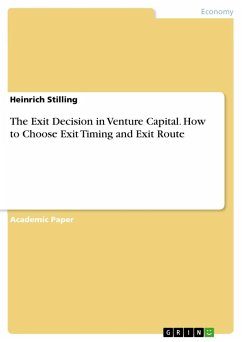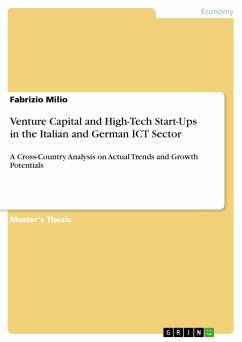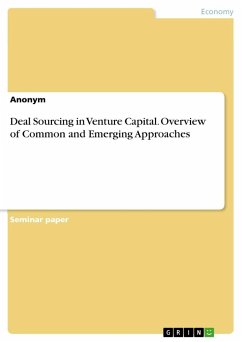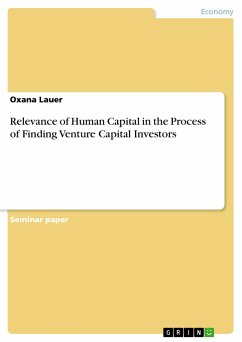Academic Paper from the year 2014 in the subject Business economics - Investment and Finance, grade: 1,7, Technical University of Munich, language: English, abstract: The focus of this paper lies on answering the questions, what factors should be considered to successfully exist a venture with regard to exit timing and routing and how these strategic choices are interrelated. The divestment process plays a critical role in the Venture Capital (VC) business model. Typically, a VC invested venture is not able to pay dividends prior to its exit as the business has not fully matured yet. Therefore, a Venture Capital Firm (VCF) generates virtually all of its income by realizing capital gains at the time of the venture's exit. This indicates that a VCF heavily depends on a successful divestment transaction - in most cases, a poor exit execution leads to an inferior return on investment which in turn can ruin the VCF's overall performance. A VCF therefore plans its exits carefully and evaluates its strategic choices. In this context, the two most important exit decision variables considered by a VCF are the choice of exit route and the choice of exit timing. By choosing the right exit route and pursuing good exit timing, a VCF can significantly increase its proceeds for a given venture. The primary focus of this paper lies on answering these aforementioned questions by drawing together the empirical research on these two dominant strategic exit choices.








